I have finally found some time to write about one of my favourite lessons. While I teach in two areas of computing and the humanities, the medieval period is my favourite period of History, though I love all history, The period has such an amazing range of sources and evidence of medieval though of the world as they slowly rediscovered the scientific foundations lost with he collapse of the Western Roman empire.
A favourite source I love to share with my students is the Hereford Mappamundi. If you ever visit Hereford definitely go see the original at the Cathedral it well worth the visit. I am not going to critique the source, there are lots of amazing websites that can do that for you with a little research. This activity is run for Year 8 Medieval history class.
The task I have designed is a whole class cooperative learning activity. The lesson students of all levels to participate and it relies on peer sharing and discussion to be successful It is also very engaging and it has never failed once to excite my students.
The setup:
I have made A1 size copies of the map. These were printed and laminated so that I can use them each and still look new after 5 years of use. (See photo)
I arranged the class into groups of 4 (Maximum number). I setup u the classroom are you see it below, so each group can work independently to each other initially.
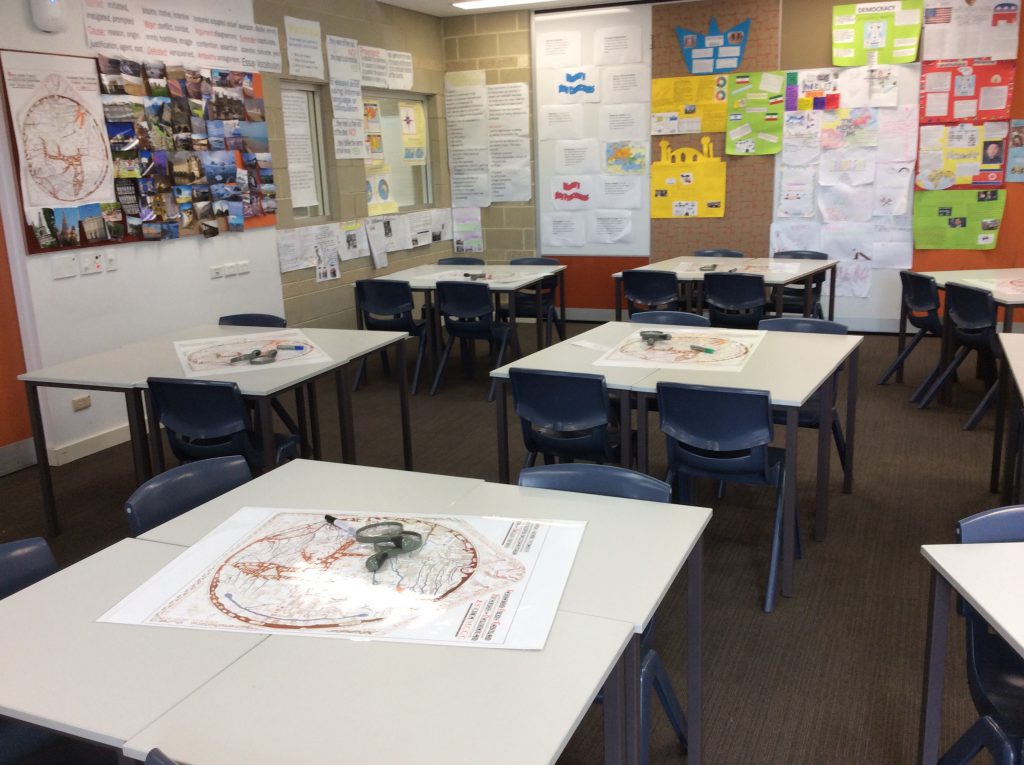
On each table I provide each drop with the same resources to complete the task. There is the map, two magnifying glasses (Limit of my budget) and a whiteboard marker. Each group needs a different whiteboard marker. This will be used for accountable for each group later. All history students should have a access to a magnifying class to analysis sources including etc based sources.
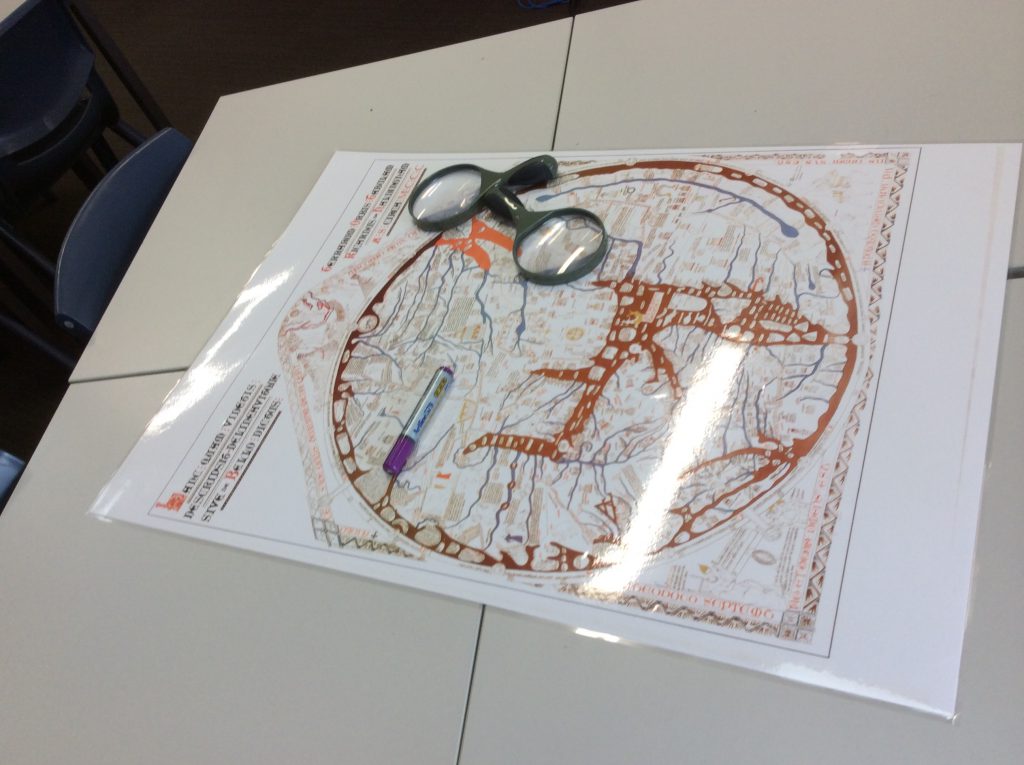
Student brief: The students are not told anything about the map, only that it is a medieval source. The unknown factor is a big incentive for students, it creates a mystery for them. They will required to investigate the source and write what they find on a single whiteboard for all groups to see.
Task progression: The students will will initially start to note obvious elements of the source. But slowly they will discover patterns. The collective effort of the class will see ideas being quickly shared, providing clues to other groups, who build on those ideas as displayed below.
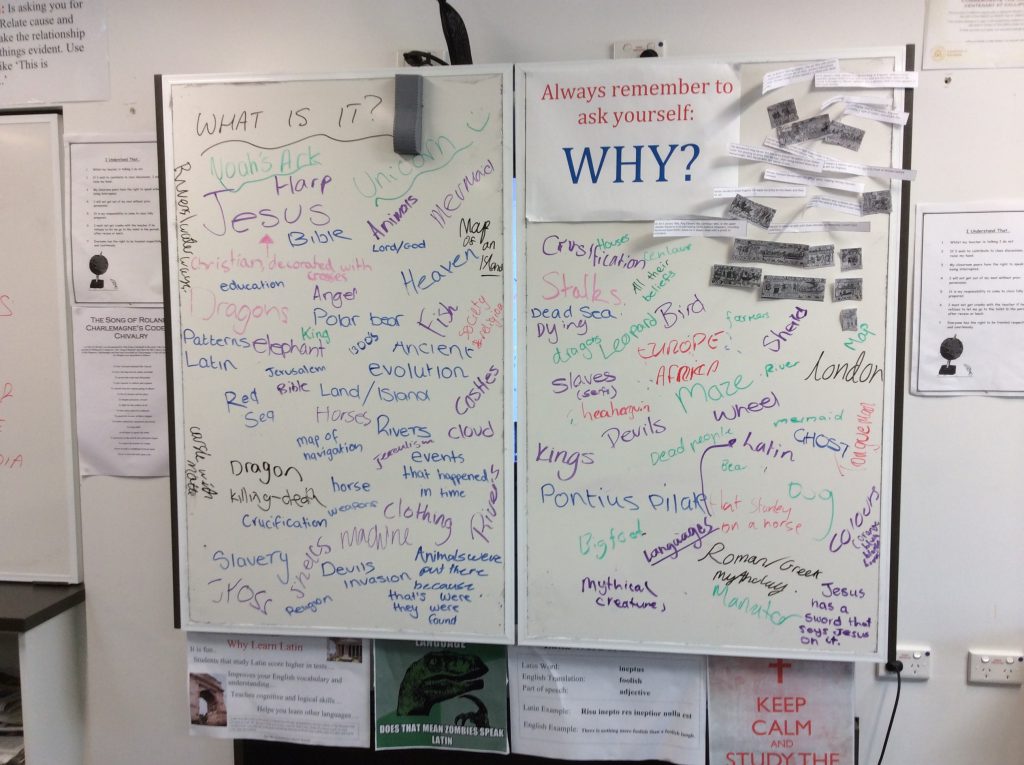
Normally about half way through yhe lesson I’ll pause for a whole class discussion to consolidate what they have learnt and if required build links. At this stage students will start expressing their hypothesis on what the source is and why it was created. In some circumstances if needed I’ll provide some clues or directions to look at specific elements of the map, such as why is that red body of water red (i.e. Red Sea) or the orientation of the map being a T-O Map in design. I would also explain some of the Latin phrases in the map. If you examinee the sample whiteboard you can see the level of contribution of each group by the colour of the whiteboard markers used by each group.
Once we have obtained enough information of the source, we begin the process of analysing it as a useful source in understanding medieval thought. The complex nature of the source as a historical record, a bestiary, world atlas on a single layered map means that students will alway find interesting elements to investigate further.
I hope you investigate whether this source and activity give it go.
P.S. Prior to my laminating my maps in A1 size. I used to use an A3 size map which was still effective.
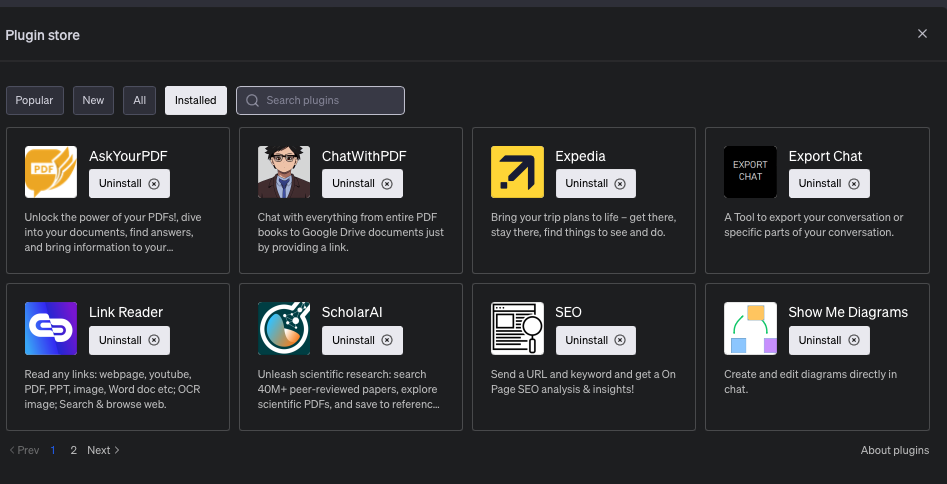
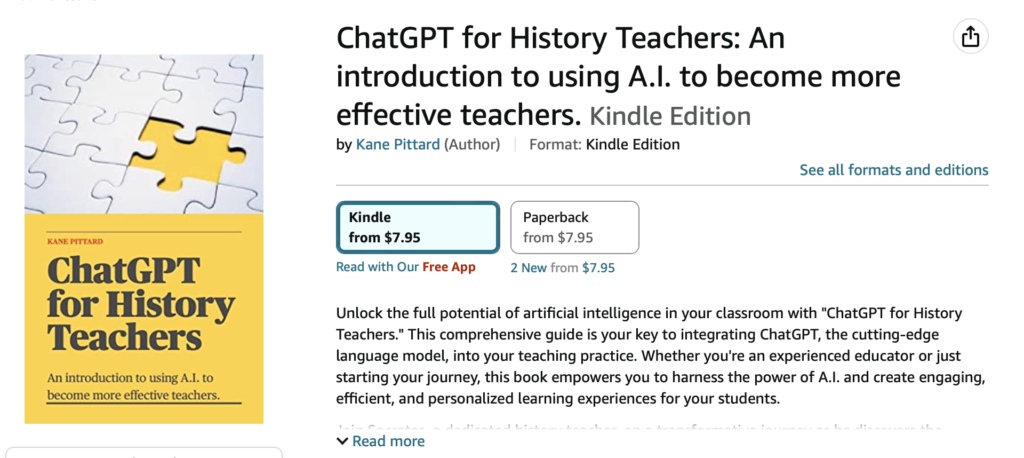
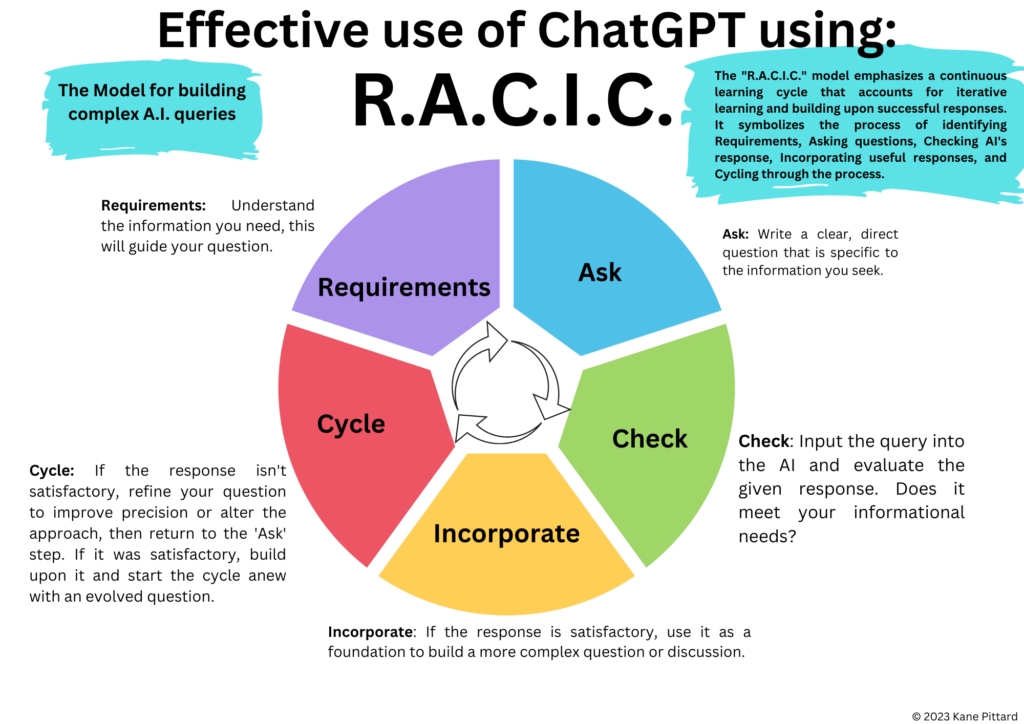
15 Comments
Comments are closed.